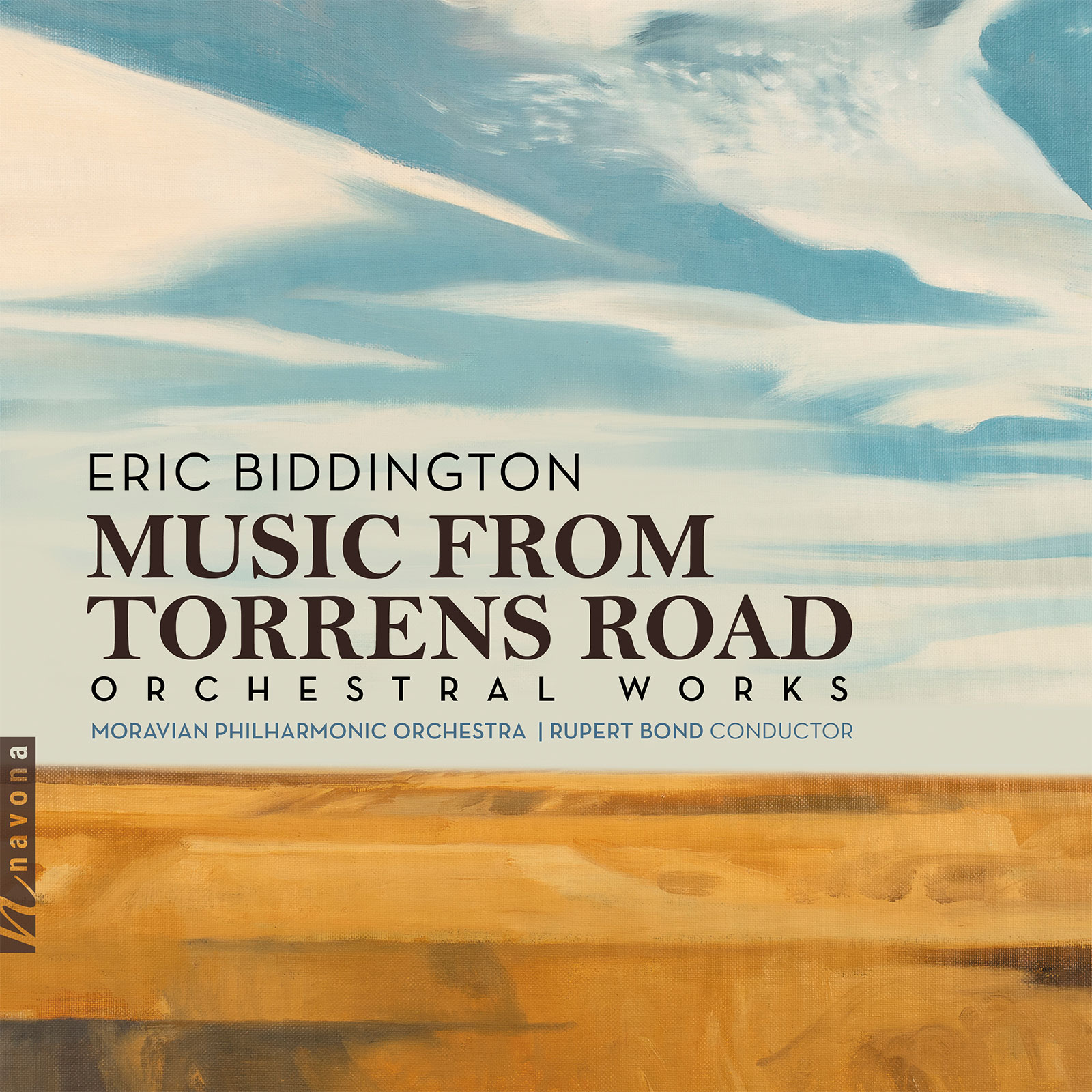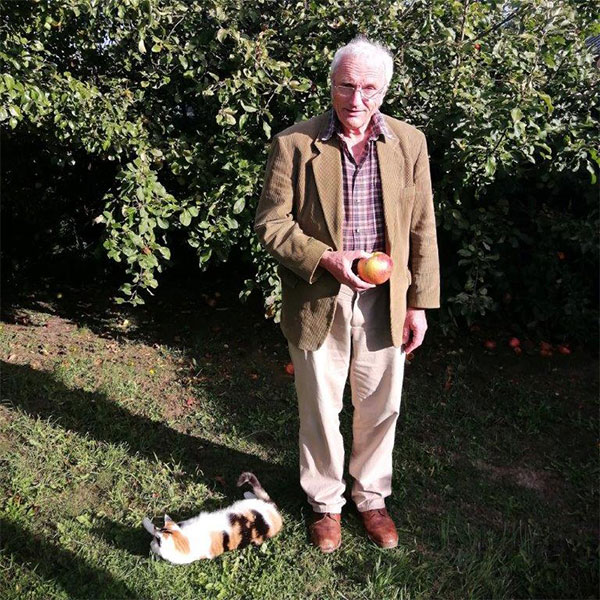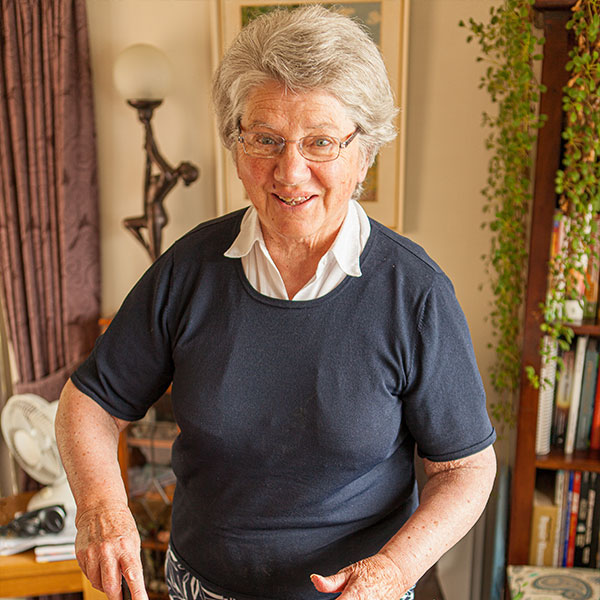Music From Torrens Road
Eric Biddington composer
Moravian Philharmonic Orchestra | Rupert Bond conductor
New Zealand native Eric Biddington (*1953) charms with a delightful selection of neoclassical orchestral pieces on MUSIC FROM TORRENS ROAD, delighting the ear with an exuberant blend of levity, catchiness, and joie de vivre.
Biddington’s musical education was initially cut short by illness, and despite his latter resumption (and conclusion) of formal study, his music preserves exactly the refreshing kind of naturalness and indomitable verve which is all too often squashed by so-called institutions. A blessing, not just for Biddington, but especially for his listeners: These well-crafted, profoundly melodic and musical pieces prove that in order to be complex, music doesn’t have to be complicated; quite the contrary, artistic profundity and aesthetic appeal can very well go hand in hand.
Listen
Track Listing & Credits
| # | Title | Composer | Performer | |
|---|---|---|---|---|
| 1 | Classical Overture | Eric Biddington | Moravian Philharmonic Orchestra | Rupert Bond, conductor | 6:12 |
| 2 | Eat Your Brekky (and you will grow big and strong) | Eric Biddington | Moravian Philharmonic Orchestra | Rupert Bond, conductor | 6:07 |
| 3 | In Geraldine - Small Town Reflections | Eric Biddington | Moravian Philharmonic Orchestra | Rupert Bond, conductor | 21:33 |
| 4 | Sillybuggers | Eric Biddington | Moravian Philharmonic Orchestra | Rupert Bond, conductor | 4:12 |
| 5 | Cats of Hillmorton | Eric Biddington | Moravian Philharmonic Orchestra | Rupert Bond, conductor | 11:24 |
| 6 | Doctor Knows Best (for Anyone and Everyone) | Eric Biddington | Moravian Philharmonic Orchestra | Rupert Bond, conductor | 10:14 |
| 7 | Homage to Bach | Eric Biddington | Moravian Philharmonic Orchestra | Rupert Bond, conductor | 5:34 |
Recorded May 31, June 1-2, 2021 at Reduta Hall in Olomouc, Czech Republic
Session Engineer David Pavlíček
Producer Ondřej Moťka
Editing & Mixing John Neill
Mastering Mike Clayton
Acknowledgements
Biddington gratefully acknowledges the contributions of Rupert Bond as editor of the scores and conductor of the orchestra, the talented members of the Moravian Philharmonic Orchestra for their fine performances, and the skills of the sound engineers and John Neill toward the production of this recording.
“Dedicated, with all my love, to my dear wife Elizabeth Ann Biddington (1943-2020).”
Executive Producer Bob Lord
Executive A&R Sam Renshaw
A&R Director Brandon MacNeil
A&R Danielle Lewis
VP of Production Jan Košulič
Audio Director Lucas Paquette
VP, Design & Marketing Brett Picknell
Art Director Ryan Harrison
Design Edward A. Fleming
Publicity Patrick Niland, Aidan Curran
Content Manager Sara Warner
Artist Information

Eric Biddington
Eric Biddington was born in Timaru, New Zealand in 1953, and received his schooling in Timaru and Christchurch. Upon leaving school, he began part-time work as a laborer and studied at the University of Canterbury, although this was interrupted by illness in 1974. In 1979 he returned to study, laboring work, and musical composition and graduated with degrees in music, arts, and science. Despite suffering from schizophrenia and depression since his teenage years, Biddington has become a prolific and widely performed composer.

Moravian Philharmonic Orchestra
The Moravian Philharmonic Orchestra is one of the foremost and oldest symphony orchestras in the Czech Republic. It is based in the historical capital of Moravia, the city of Olomouc, and has been a leader of music activities in the region for the past 70 years. Its artistic development was directly influenced by distinguished figures from the Czech and international music scene.
Rupert Bond
Rupert Bond graduated with a Bachelor’s in Music at Goldsmiths, University of London before studying for two years as a postgraduate conductor and double bass player at the Royal Academy of Music. Later, he gained a Master’s in Music Composition at Surrey University. A career development led to his appointment as Director of Music at James Allen’s Girls’ School, London. During this period, he continued to conduct, and founded the Docklands Sinfonietta, whilst also emerging as a composer. To date, he has written over 40 works. In 1999, he was made an Associate of the Royal Academy for services to music. In 2003, he returned to full-time conducting, spending time in New Zealand and also in South West England, but since 2013 he has been based in Kent. He now regularly conducts many orchestras, including the Folkestone Symphony, Wimbledon Community Orchestra, Kingston 3AO, and Southwark Sinfonietta.
Notes
The music recorded here was written in 2020, and reflects on the interests and the shared experiences of myself and my wife Elizabeth at our home in Torrens Road in Christchurch, New Zealand. My life as a child was always spent with cats as friends and continues today much the same. Elizabeth’s experiences with feline company were less pervasive than mine, but she came to enjoy and appreciate our furry friends. My tributes to them are two pieces on this album. The tone poem Doctor Knows Best was written during the period when Elizabeth was in care in a rest home, shortly before her death on November 11, 2020.The sinfonia entitled In Geraldine is an attempt in musical terms to provide my answer to the dream posed in the short poem “Home Thoughts” by New Zealand poet Denis Glover.
– Eric Biddington




